|
Your muscles are a very important organ system in the body, as they play the role of the workhorse in every movement you make. However, you can’t forget that the muscles are at the mercy of the governing nervous system. Everything you feel is actually an experience created by your brain and nervous system. For this reason, muscle memory is somewhat of a misnomer! Muscle memory is a term used to describe how our nervous system and brain work together to build strong connections and develop movement habits for specific activities. For example, if someone repeatedly practices throwing darts at a target, they will most likely improve their accuracy over time. While the fingers and forearms feel the movement, the 'memory' is really encoded in the brain. At the same time, if someone postures their muscle is a certain position for working for multiple hours each day, the movement or posture will remember this position. The nervous system tells the muscles how to act and what to feel. If there’s tightness, stiffness, guarding or pain in a muscle, it’s often because the boss is unhappy and the employees are just carrying out the boss’ orders. For example, think of the last time you exercised when you were tired, stressed or hungry - it probably wasn’t a great workout. If the boss (your brain and nervous system) is in a bad mood, the employees (your body) feel the strain. Allowing the boss to calm down or letting the boss rest can reduce stress on the employees. In response, the boss can stop the overbearing micromanagement, which is causing the employees to revolt. Following an Injury, Your Muscle Memory is Altered!While you do not remember this learning process, it occurs through countless hours of practice and repetition. As a new father, I see these repetitions happening in my baby daughter each day. While my daughter is not picking up a cup of water yet, she is starting to see objects, identify her hands, and reach for the objects. Over time, each piece of the puzzle will come together and her 'muscle memory' will be encoded. In your own body, think of this “muscle memory” as an internal GPS that’s aware of every movement you make. When an injury occurs, your internal GPS is often reprogrammed to make you move in different ways. With an injury, there can be different messages sent between the brain and the muscle, meaning your “muscle memory” has been disrupted. After some time, your internal GPS may no longer be able to accurately identify certain roads on your body’s map. While the injury is healing, the brain and body often coordinate alternative, compensatory strategies for certain movements like a limp, awkward bending mechanics, stiff movements, or limited range of motion. These protective phenomena are much like how a GPS detours to an alternative route because of a road closure. The movement detours may feel uncomfortable or less efficient, much like driving down a heavily trafficked and overcrowded street. This is because your brain isn’t familiar with the detour, which may place new or different stresses on the system. By building new and confident movement strategies, you can experience minimal issues while the main road is being repaired. However, once the body’s healed and the route’s obstructions are cleared, it’s important to return to the main road without fear. Keys Points and Takeaways
7 Comments
|
Heafner HealthPhysical Therapy Archives
April 2024
Categories |

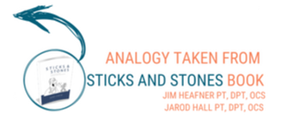
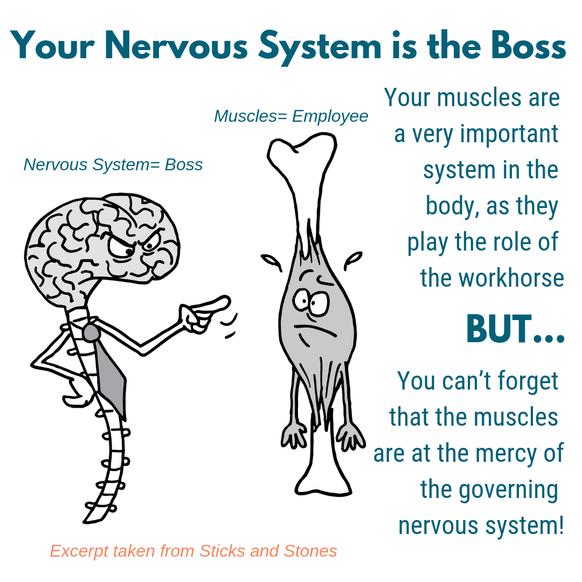
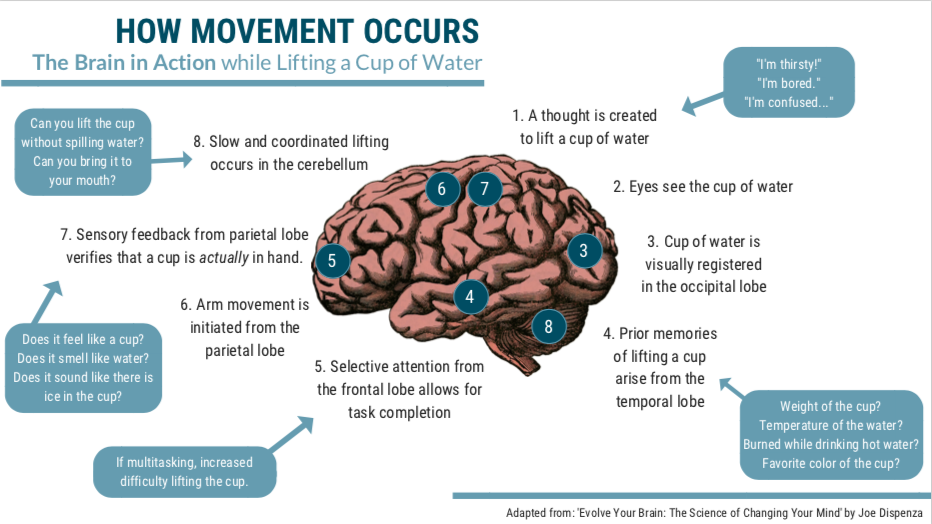

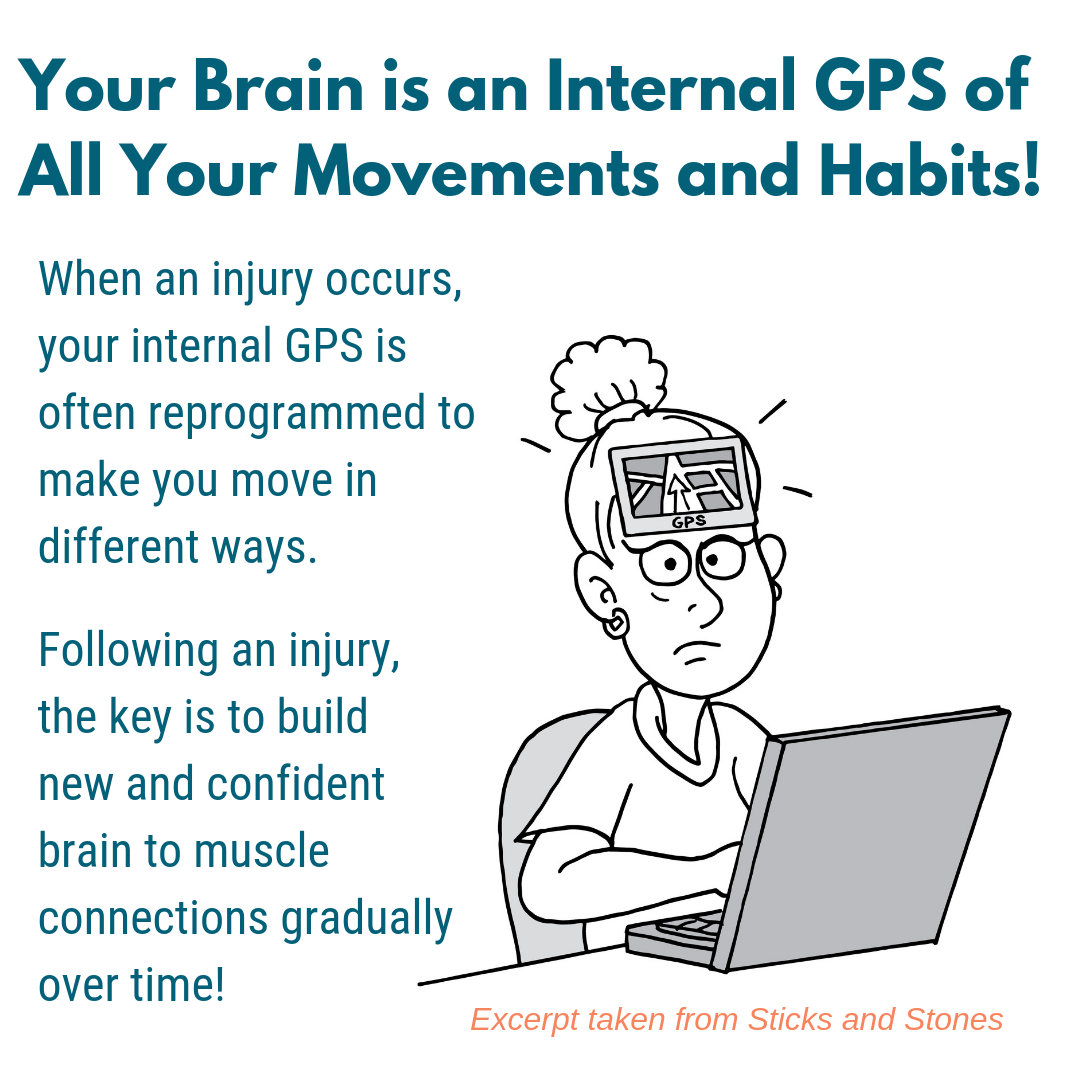
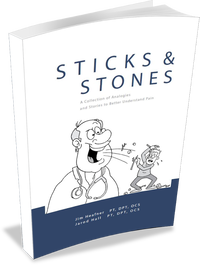
 RSS Feed
RSS Feed
